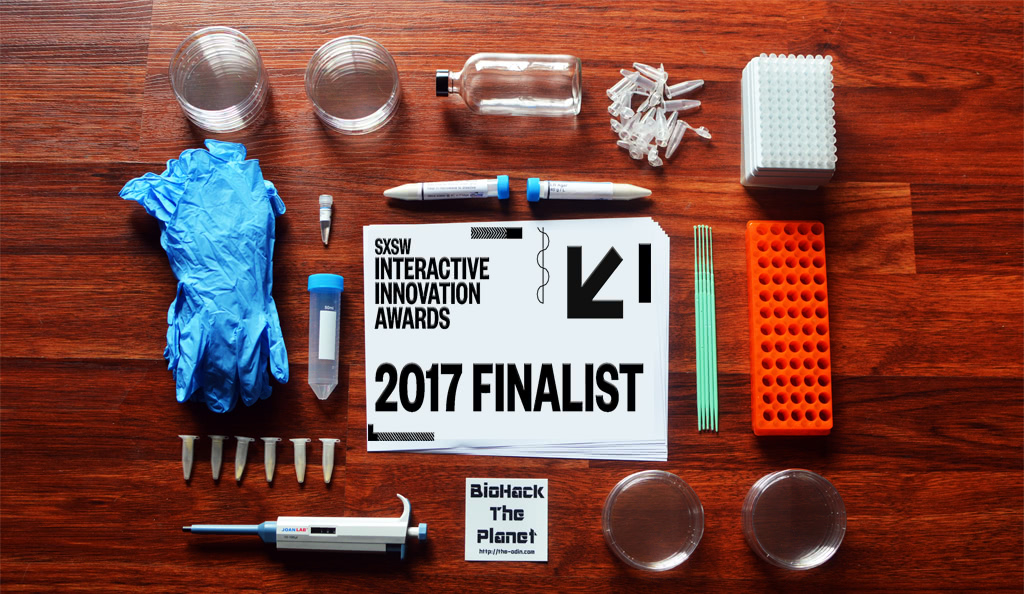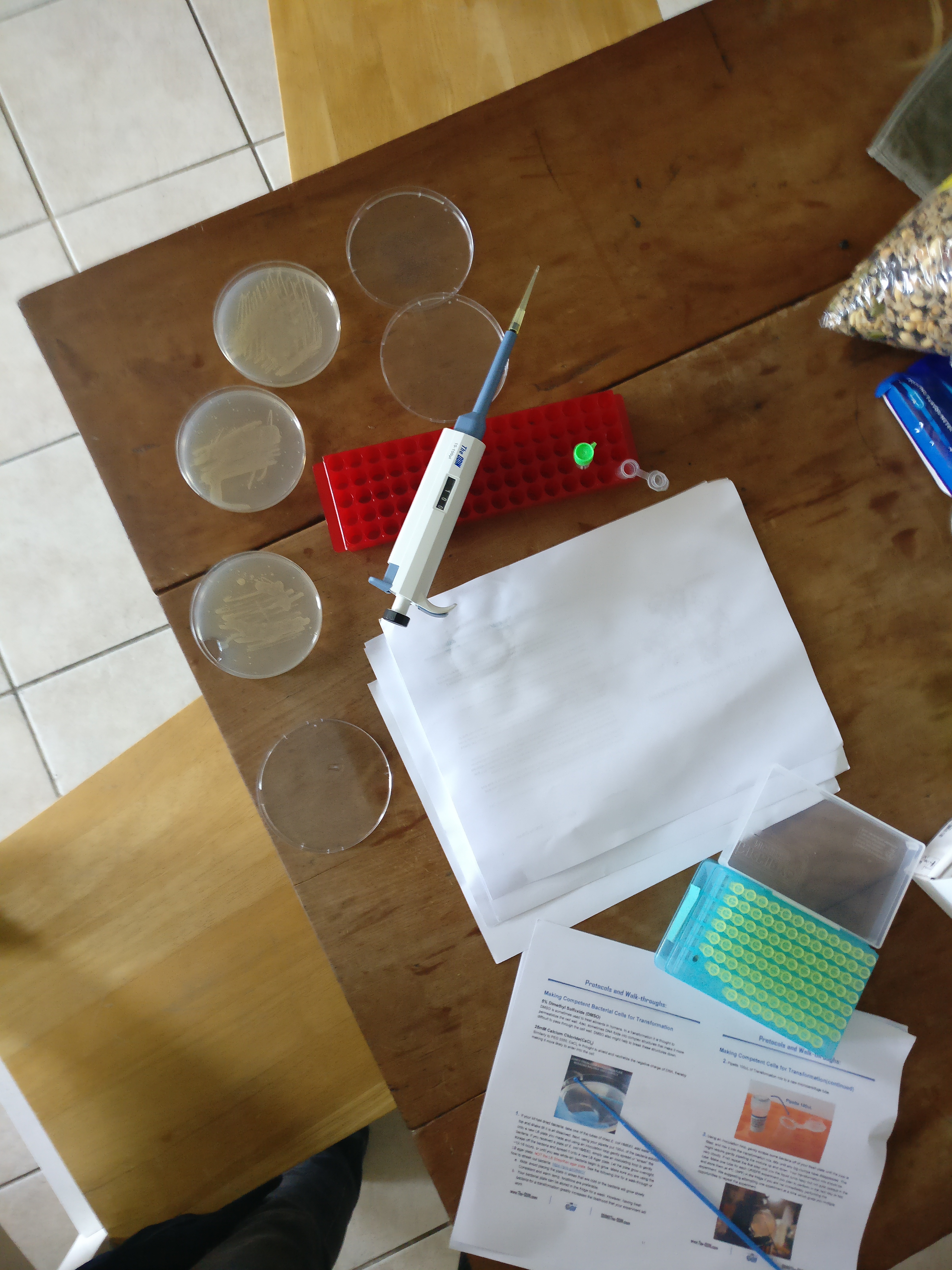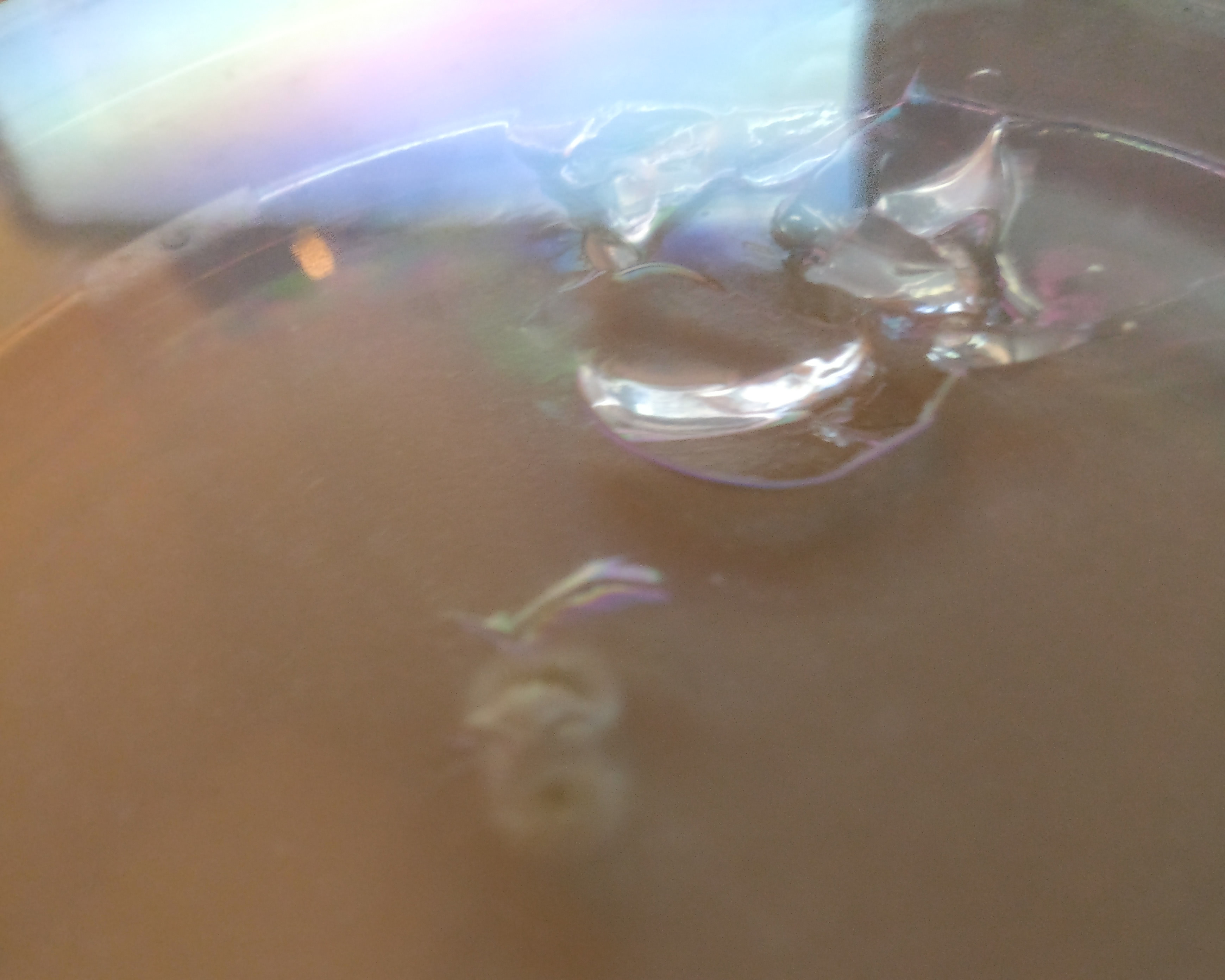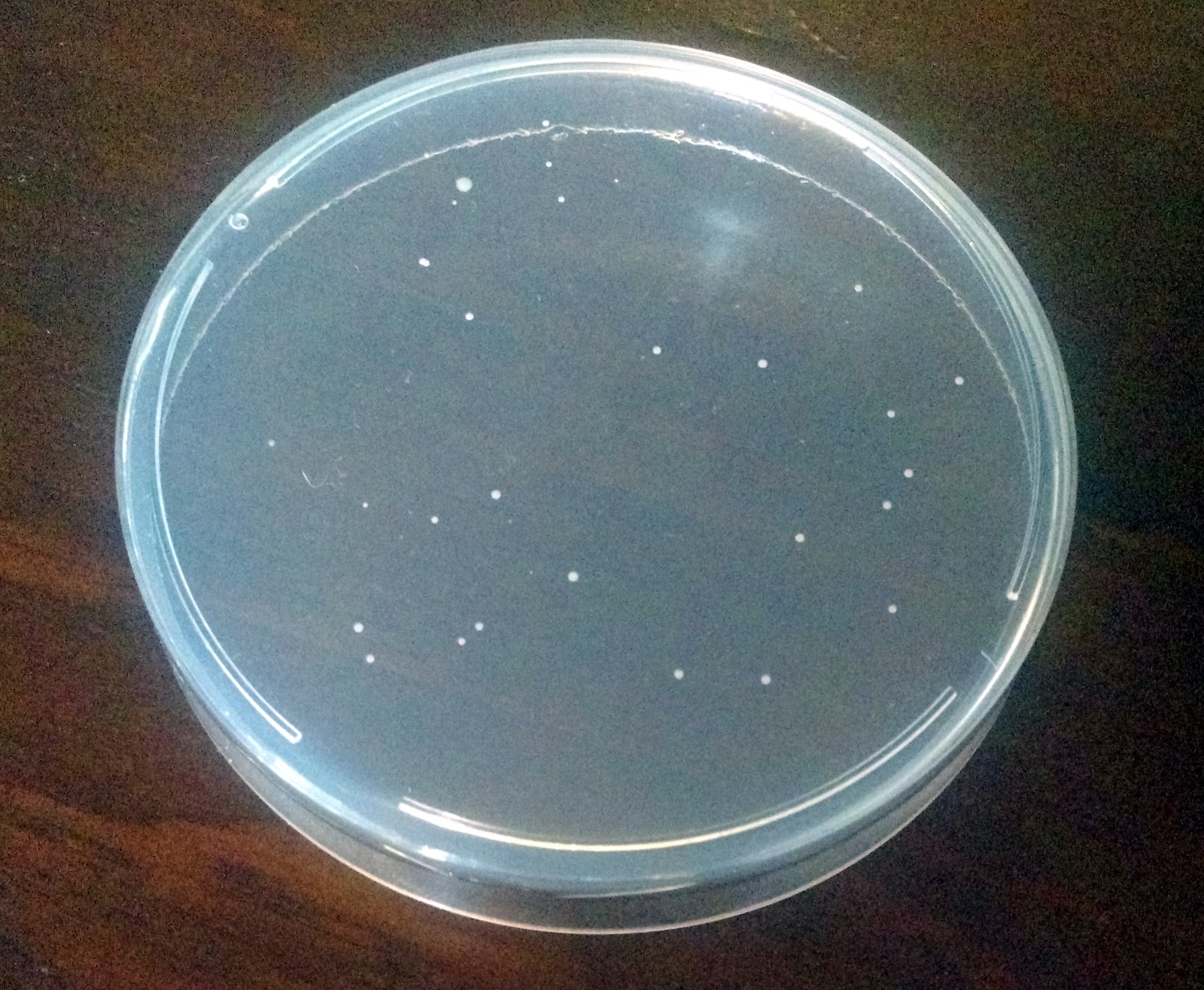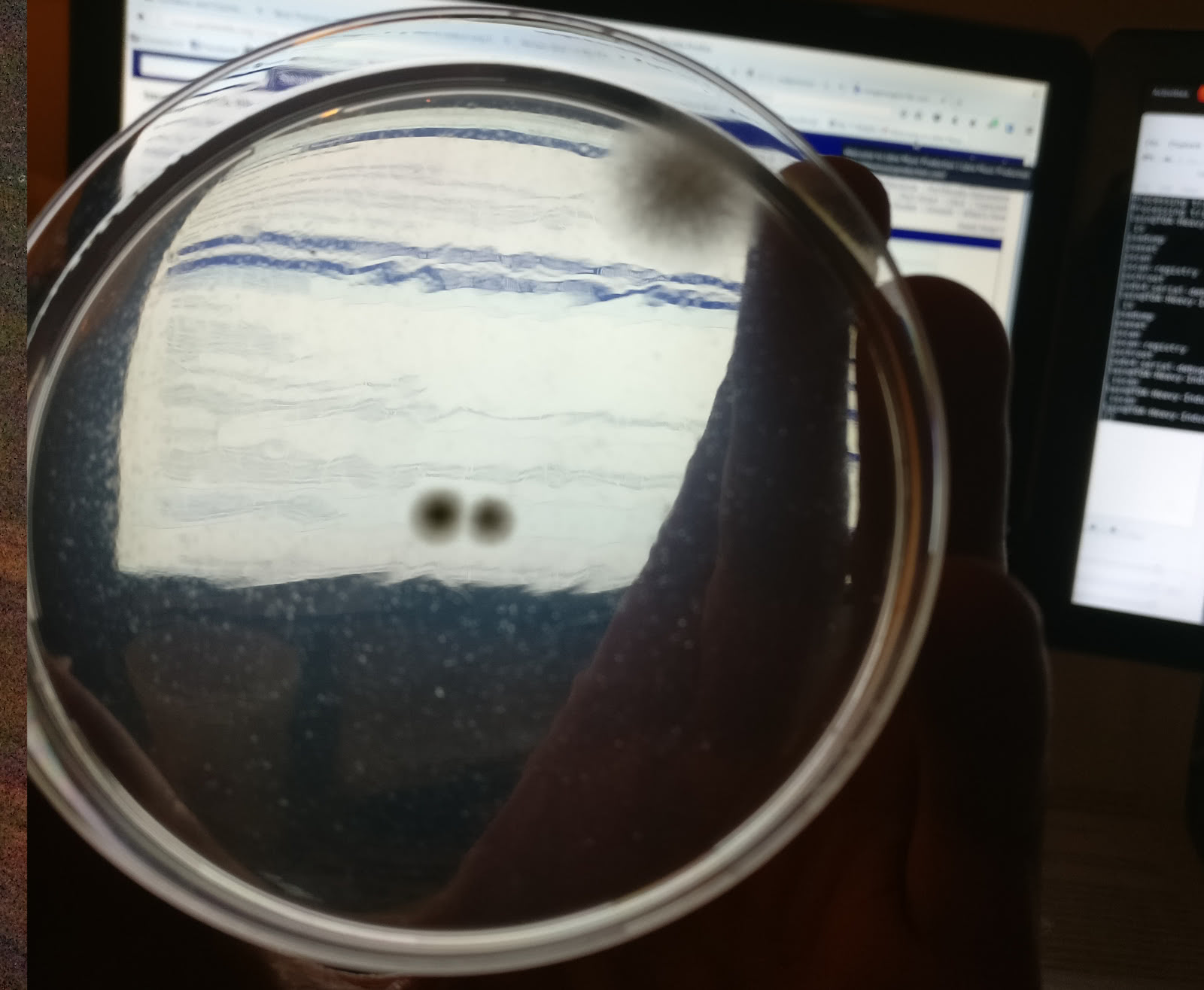I can chalk this one up to the #lesswrong Freenode IRC group. A couple months back the experiment kit for the Odin came up in the conversation on CRISPR breakthroughs. After a recent study finding unintentional mutations following a CRISPR experiment, there were ample reports of the sky falling and the biotech market took a big hit. Nonetheless, CRISPR-Cas9, the method of targeted DNA editing, remains a promising inexpensive tool for advancing genetic engineering and resultant medical treatments. I don't plan on going in depth on the specifics of CRISPR, especially as a non-geneticist. Instead, I would recommend this Harvard article.
Given a lack of solid understanding of organic chemistry and biology aside from an excellent elective course on genetics at the University of Cincinnati, I was hopeful that the Odin kit would be simple enough to put together and really help fill in the gaps of my understanding with regard to the process of CRISPR. Finally, I could show off at parties and talk about something everyone really wants to talk about with a solo cup in hand-- genetically modified bacteria. Anyway, I picked the entry level kit which ran about $150. This kit promised to allow a bacteria, a non-pathogenic strain of E. coli, to grow on a media (Strep/Kan) it wouldn't normally be able to thrive on.
I placed my order in early April, but was quickly informed that the Odin was backed up (for good reason). So I was willing to wait a month. However, the day the email arrived that the kit was shipped, I was pretty enthused. When it finally arrived, I pulled everything out, refrigerated everything that needed to be refrigerated (the bacteria), froze everything that needed to be frozen (Template DNA strands, cRNA), and read over the manual a couple times. Of course, I also played around with the pipette. I was pretty skeptical that I would need all of the supplies contained in the kit, but I certainly felt cool with everything splayed out on the kitchen table.
Over the next couple days I was able to put together my initial bacterial plates and make the bacteria competent with the addition polyethylene glycol, dimethyl sulfoxide, and calcium chloride. I was able to grow a couple smelly E. coli colonies and set them in a safe spot in my bedroom. I could tell they were alive by the distinct, but not wholly repugnant stench they gave off. Then came the fun part. I pulled my LB Strep/Kan Agar plate out of the fridge and set it out. I mixed the competent E. coli with the Cas9 protein and tracRNA with the crRNA with the template DNA and giddily put the culture in the fridge. After incubating the tube, I spread the culture and waited.
I prevented myself from looking at the plate until 48 hours had passed. Sure enough, something was living on the plate, but it didn't quite seem right. A large foamy colony had sprouted on the edge and a couple colonies with pronounced dark spots were growing in the middle. These certainly didn't reflect look like the little white dots in the images in the manual. Regardless, I named these colonies, the progenitors of my bedroom strain, The Clifton Miasma if you will. I think they're pretty neat!
Regardless of how I messed up and introduced whatever airborne bacteria or fungus into the plate, I really enjoyed the experience. I think it's here where I can call upon Chris Mack's "In Praise of the Null Result".
While I'm not publishing this DIY science experiment in any form of scientific journal, I am publishing here! Much like my experience of making methanol-mead, I learned the missteps in the process and how to better sanitize the
experiment moving forward. I am much more confident with the science and the tools needed to conduct more experiments. So I bottled the cultures up into a couple vials and put them in the neat little tray provided. I set
neat tools leftover on a shelf in preparation for the next experiment. Despite the small space in my crossover, these tools are coming with me as I move across the country.
Next Steps
I'm probably going to try the bioluminescent E. coli next! The kit itself is presently out of stock, but I have ordered more LB, Ampicillin, and the E. coli BL21 strain that
contains the necessary plasmid pJE202 for bioluminescence. More on that when it arrives!